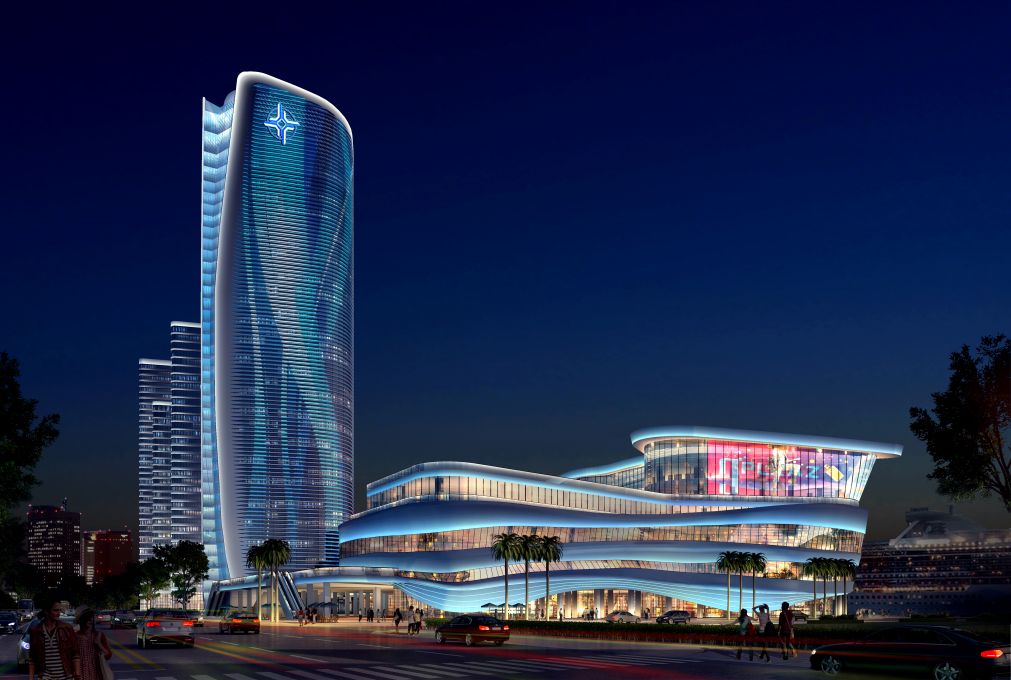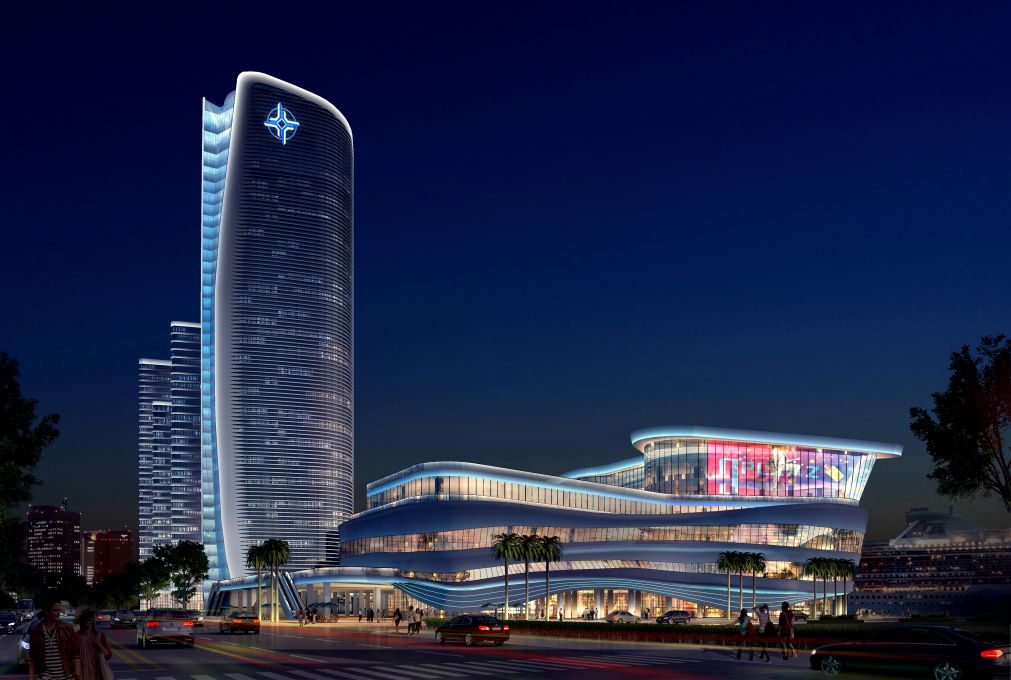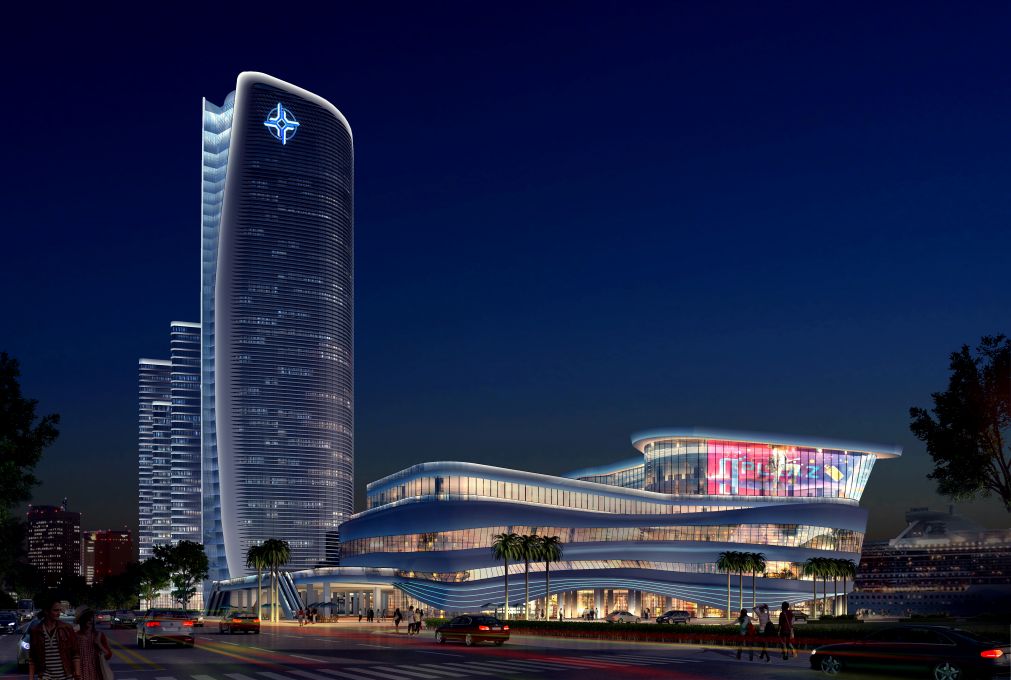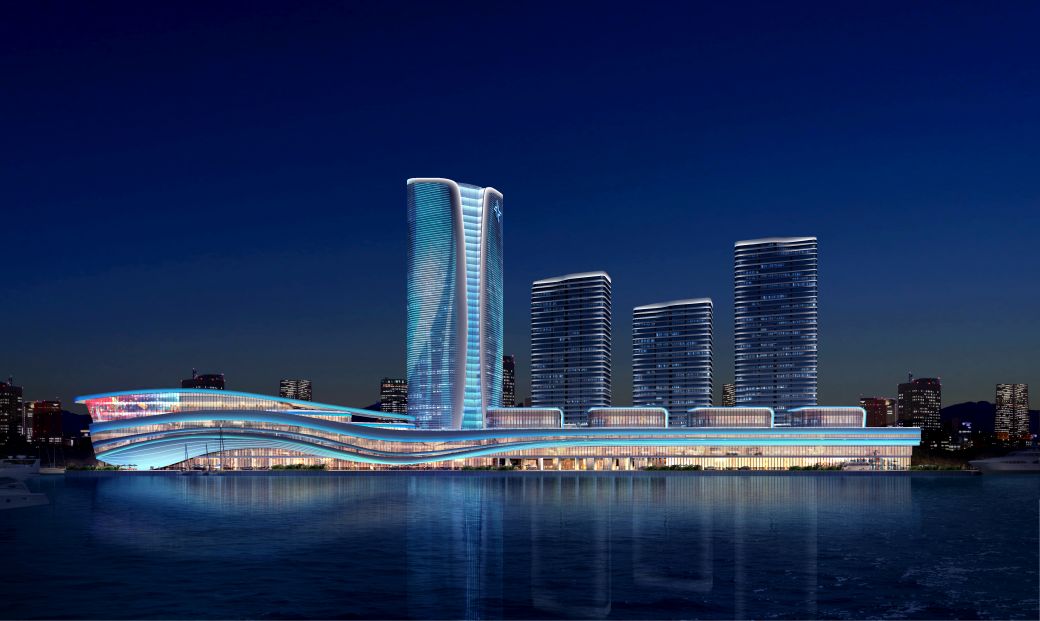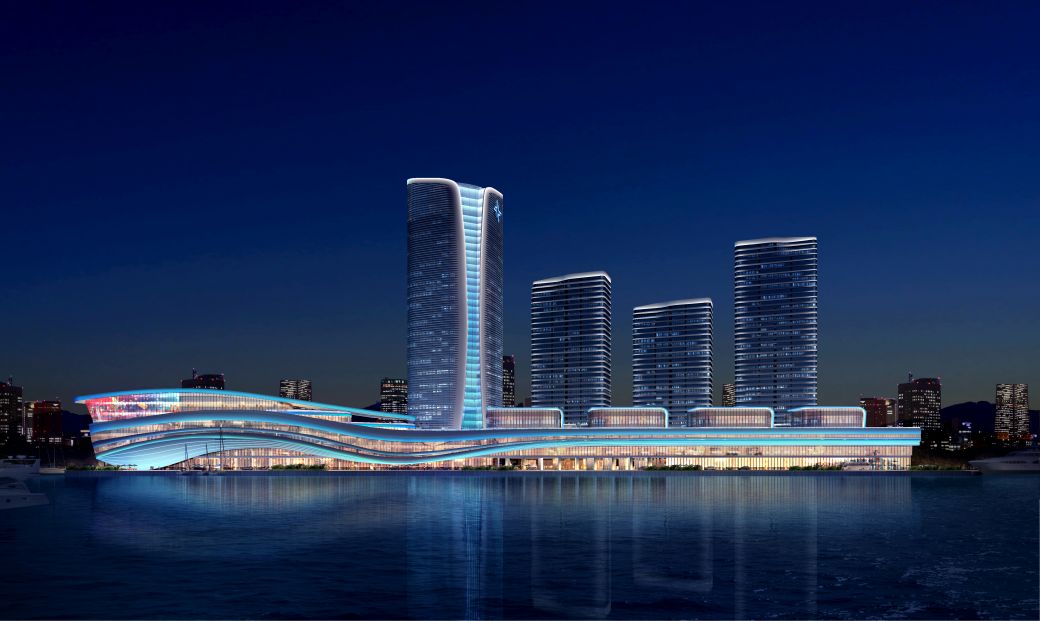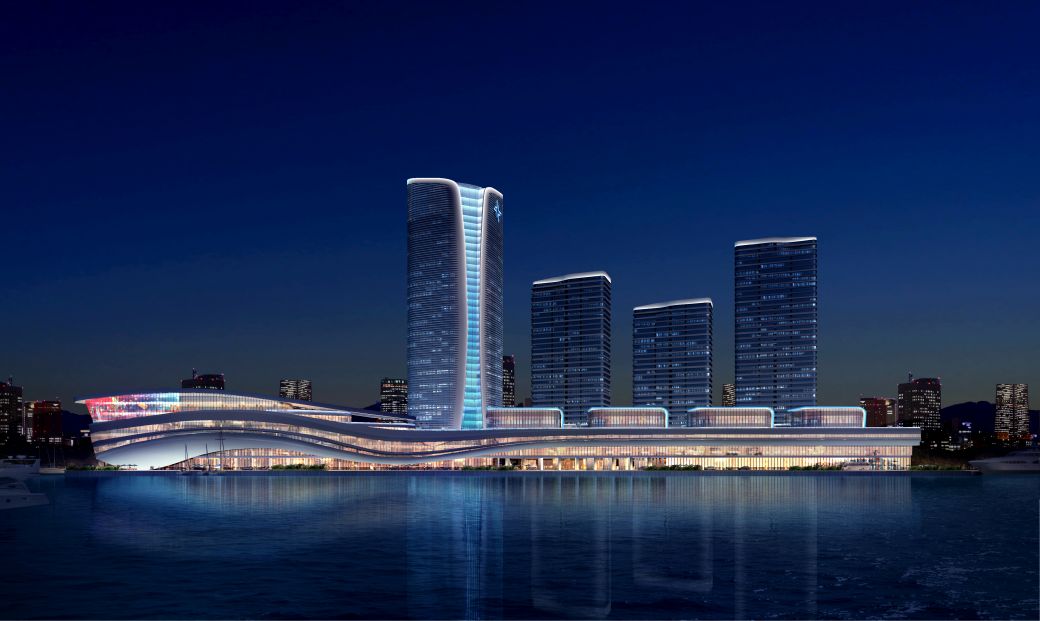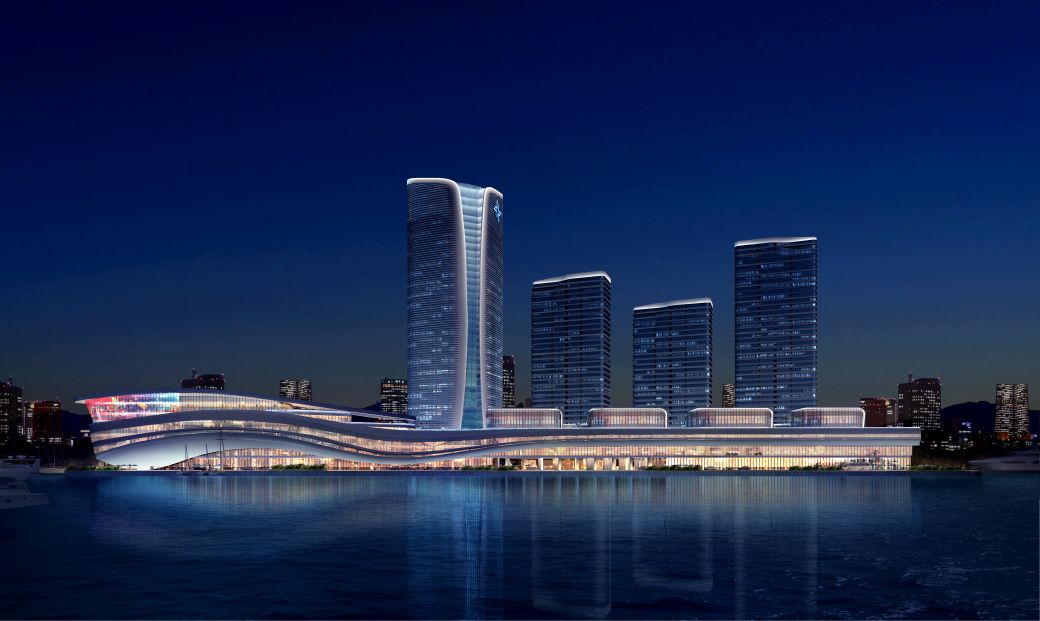项目概况:
我们从以下角度对该项目进行亮化设计:
1. 照明系统设计原则:商业综合体的照明系统设计应遵循以人为本、搭配合理和整体美观的原则。设计应满足人们的视觉感受,同时保证照明系统的美观大气。
2. 照明亮度水平:照明亮度应符合相关规范标准,既不能太低以致于造成视觉疲劳,也不能太高以致于产生不适的刺激。
3. 眩光控制:照明设计应控制眩光现象,避免对人的心理和视觉感官造成不良影响。
4. 能耗要求:照明系统设计应符合节能规范标准,如《建筑照明设计标准》GB50034-2013,确保照明系统的能耗指标合理。
5. 照明类型:商业综合体的照明类型包括泛光照明、轮廓照明、内透光照明、电光媒体立面、剪影照明和月光照明等,每种照明类型都有其特定的应用场景和效果。
6. 照明与建筑的结合:照明设计应与建筑的风格、形状特点相结合,利用光照技术表达建筑语言,打造独有的建筑意象。
7. 照明与环境的融合:照明设计应考虑与周围环境的融合,创造出舒适、美观、节能的生产生活氛围。
8. 照明的节能对策:在设计中应实施照明节能对策,如使用高效节能的光源和灯具,以及智能控制系统来降低能耗。
9. 照明的艺术性:照明设计不仅仅是功能性的,还应具有艺术性,能够通过光影效果增强空间的美感和氛围。
10. 照明的互动性:现代照明设计越来越注重互动性,通过灯光与人们的互动来增强体验感。
11. 照明的经济性:照明设计还应考虑经济效益,通过吸引客流、促进销售等方式为商业综合体带来经济价值。
12. 照明的维护和管理:照明系统的长期运行需要有效的维护和管理,以确保照明效果的持久性和系统的稳定性。
通过上述方面的综合考量,确保照明系统既满足功能需求,又具有艺术性和经济性。
We designed the project from the following perspectives:
1. Lighting system design principles: The lighting system design of commercial complexes should follow the principles of people-oriented, reasonable collocation and overall beauty. The design should meet people's visual feelings, while ensuring the beautiful atmosphere of the lighting system.
2. Lighting brightness level: lighting brightness should meet the relevant specification standards, neither too low to cause visual fatigue, nor too high to cause uncomfortable stimulation.
3. Glare control: Lighting design should control glare phenomenon to avoid adverse effects on people's psychological and visual senses.
4. Energy consumption requirements: lighting system design should comply with energy conservation standards, such as "Building lighting Design Standard" GB50034-2013, to ensure that the energy consumption indicators of the lighting system are reasonable.
5. Lighting type: The lighting type of commercial complex includes flood lighting, contour lighting, internal light transmission lighting, electric light media facade, silhouette lighting and moonlight lighting, etc. Each lighting type has its specific application scenario and effect.
6. Combination of lighting and architecture: Lighting design should be combined with the style and shape characteristics of the building, using lighting technology to express architectural language and create unique architectural images.
7. Integration of lighting and environment: Lighting design should consider the integration with the surrounding environment to create a comfortable, beautiful and energy-saving production and living atmosphere.
8. Lighting energy-saving countermeasures: lighting energy-saving countermeasures should be implemented in the design, such as the use of energy-efficient light sources and lamps, as well as intelligent control systems to reduce energy consumption.
9. Artistic lighting: Lighting design is not only functional, but also artistic, and can enhance the beauty and atmosphere of the space through light and shadow effects.
10. Interactive lighting: Modern lighting design pays more and more attention to interaction, through the interaction of light and people to enhance the sense of experience.
11. The economy of lighting: The lighting design should also consider economic benefits, and bring economic value to the commercial complex by attracting passenger flow and promoting sales.
12. Lighting maintenance and management: The long-term operation of the lighting system requires effective maintenance and management to ensure the durability of the lighting effect and the stability of the system.
Through the comprehensive consideration of the above aspects, it is ensured that the lighting system not only meets the functional requirements, but also has artistic and economic.

